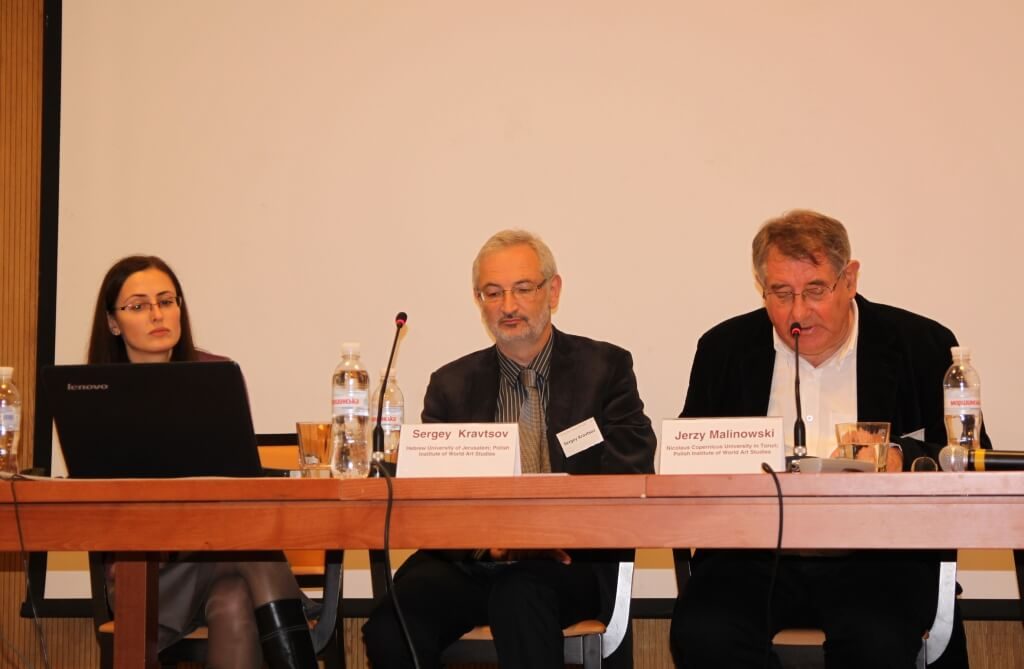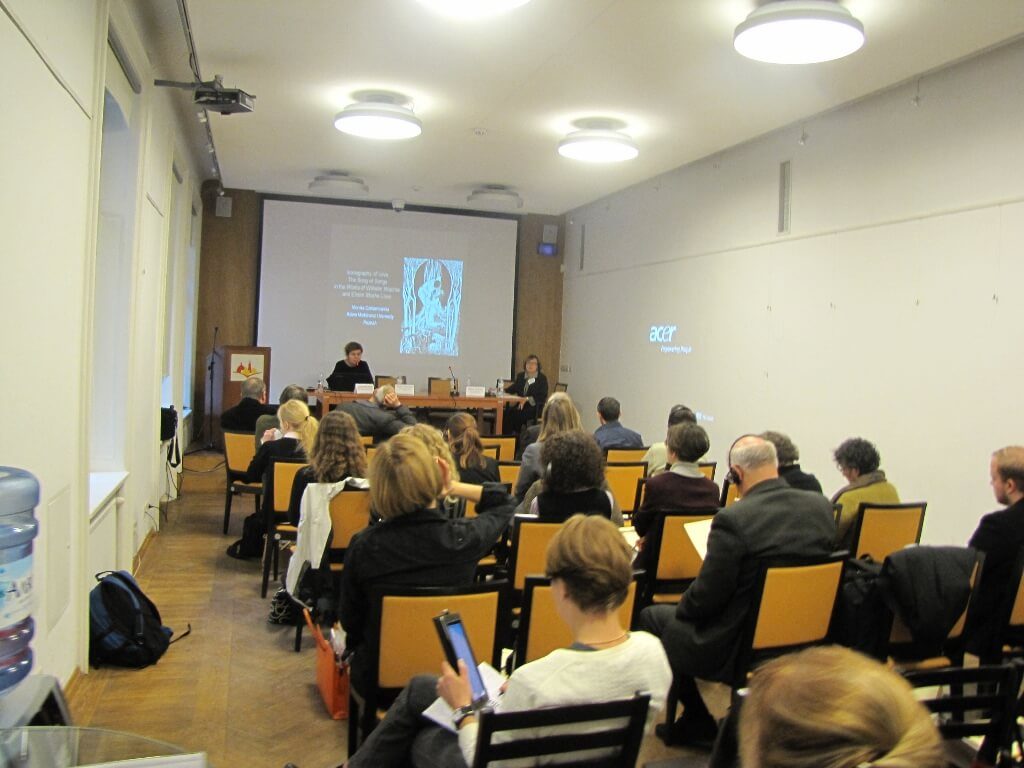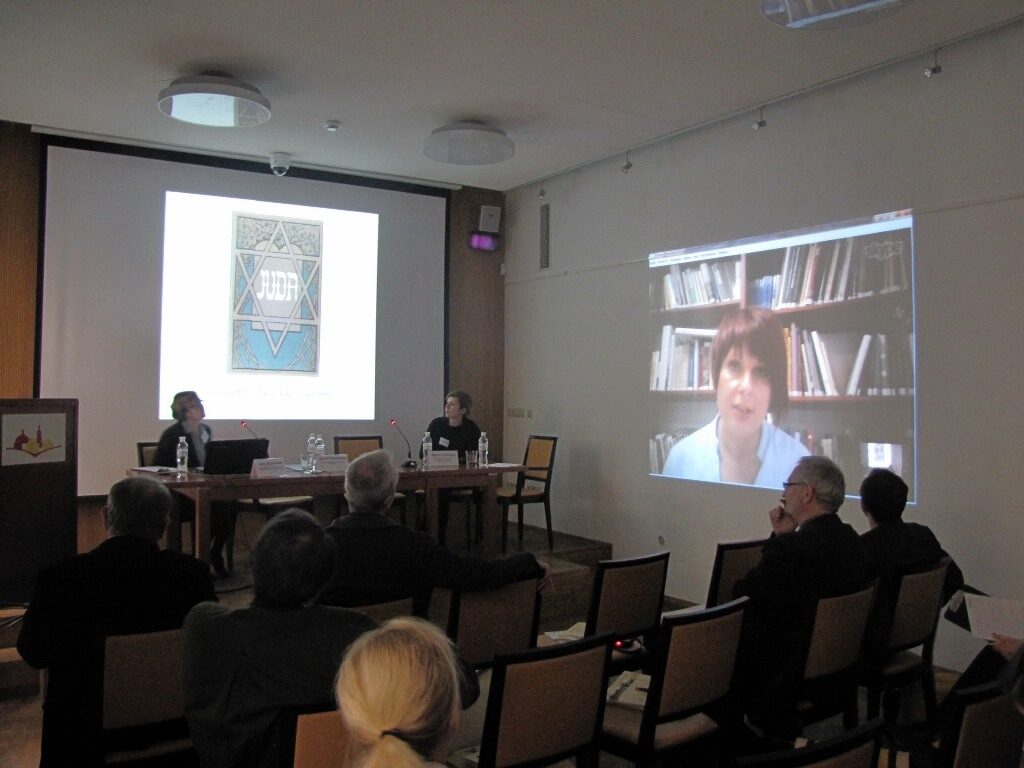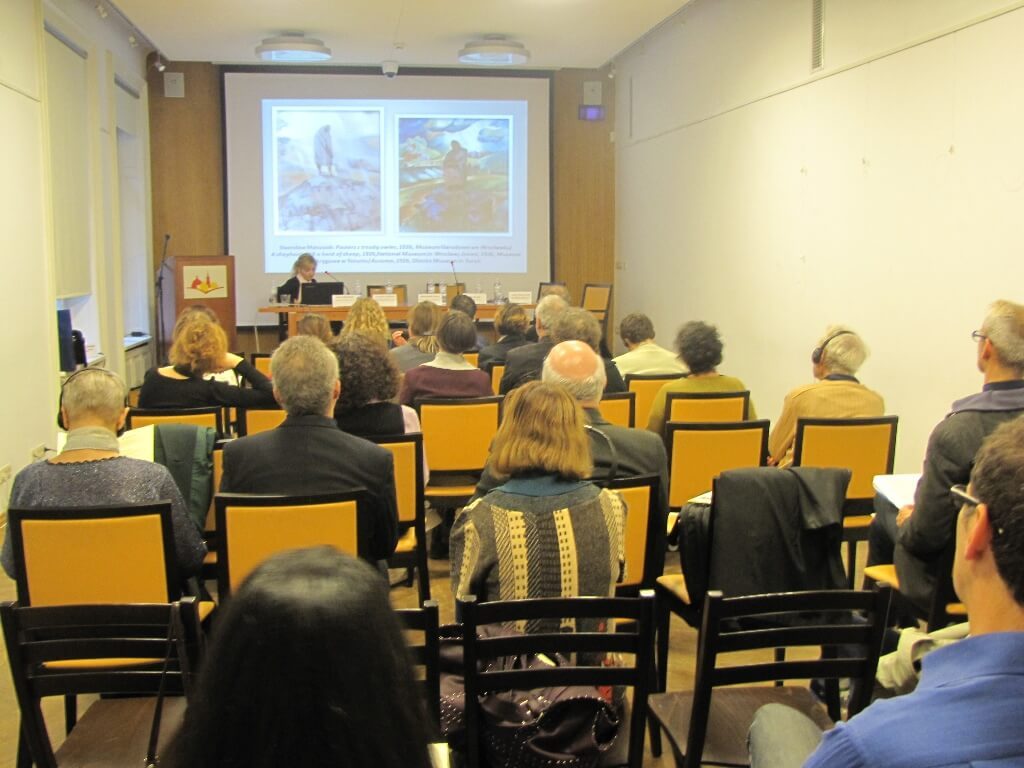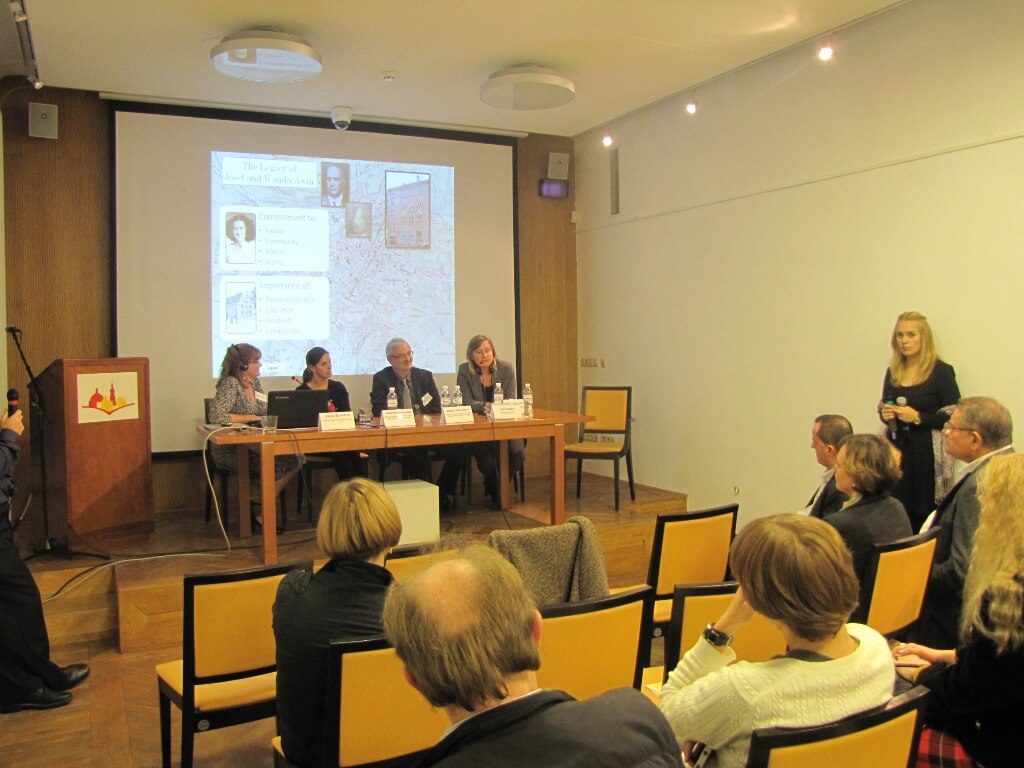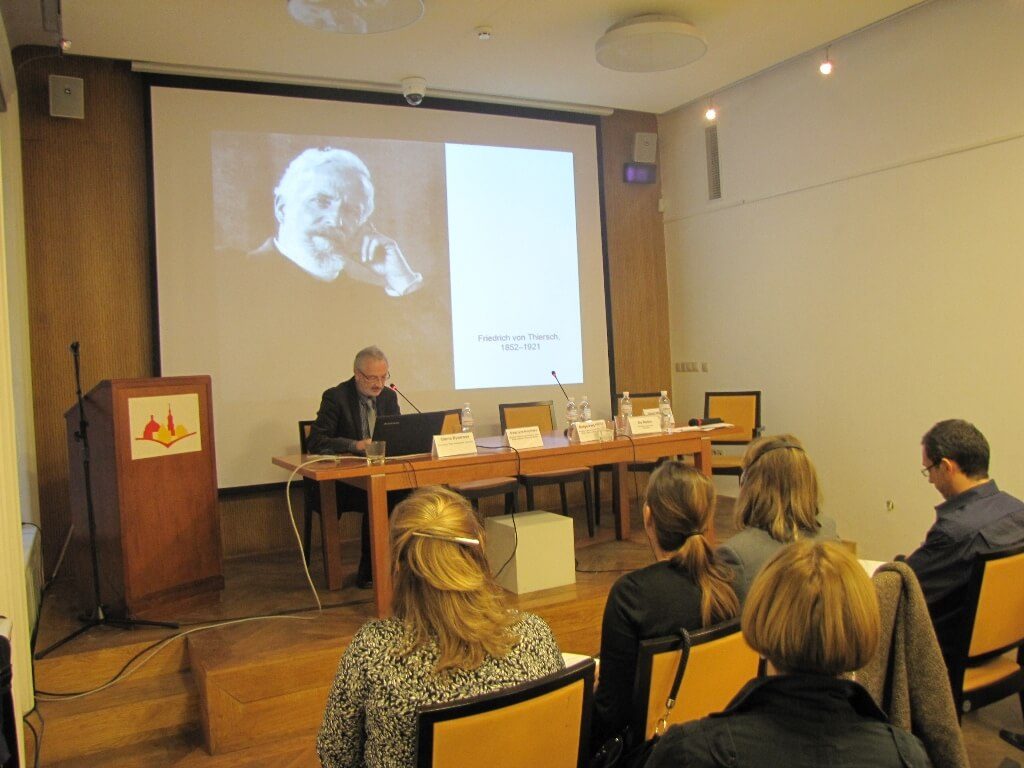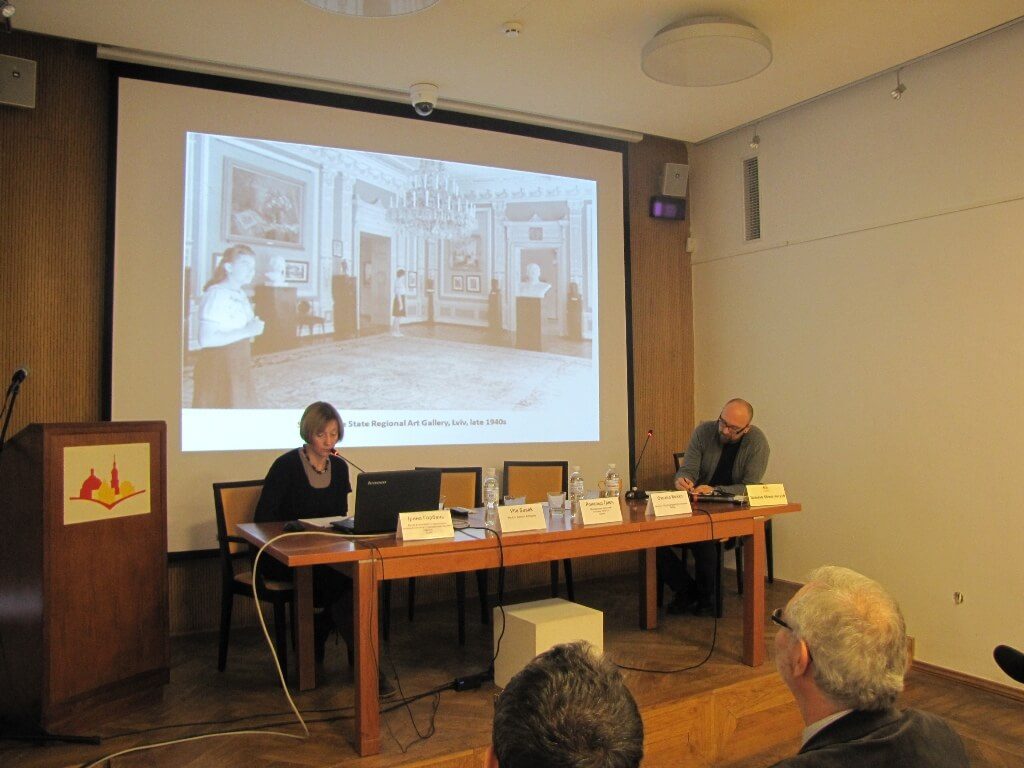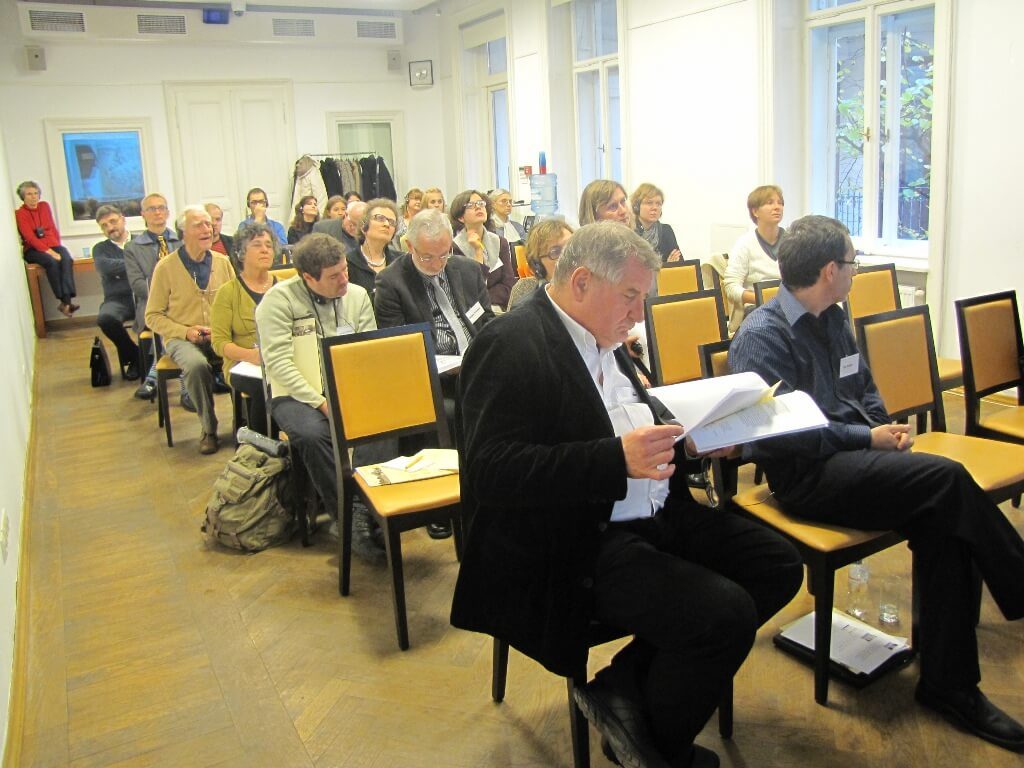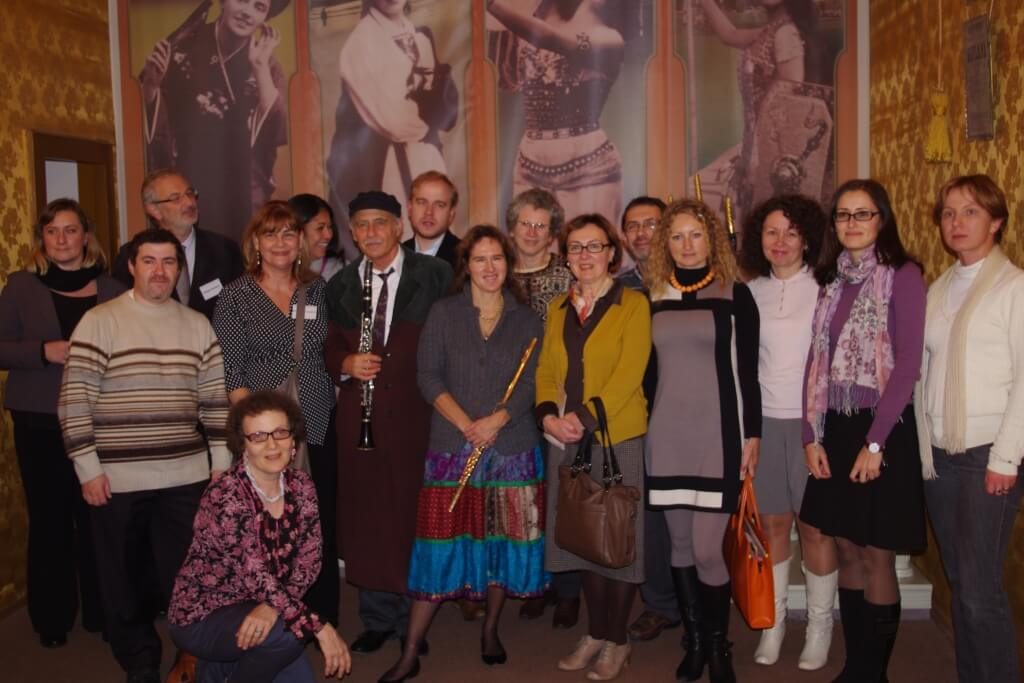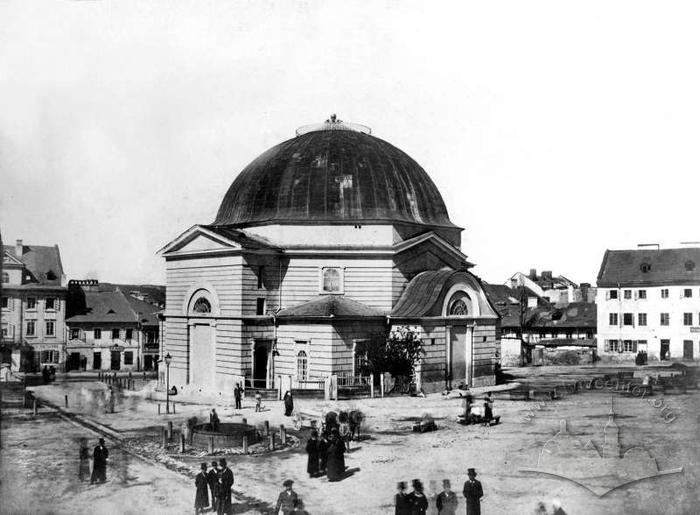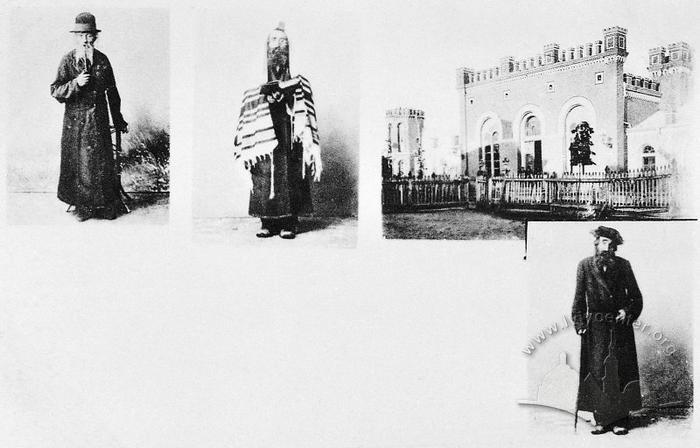The Ukrainian and Jewish Artistic and Architectural Milieus of Lwów/Lemberg/Lviv:From Ausgleich to the Holocaust
November 5-7, 2012
Center for Urban History, Lviv
The period between Ausgleich and Holocaust (1867–1939) witnessed the rapid modernization of Galicia, and especially its metropolis, Lwów/Lemberg/Lviv. Citizens of the Austro-Hungarian Monarchy, and then of the Second Polish Republic headed in a diversity of paths leading from the segregated traditional communities towards the modern integrated societies. These uneasy political and cultural conditions presented challenges for every group, and especially for their creative individuals, the artists.
The conference focuses on artists and architects, who defined themselves or were defined as Ukrainians and Jews, and thus were the representatives of the two largest non-dominant groups in Lviv before World War II. Their modern identities were shaped, in respect or contrast to, but almost always in the context of the Polish dominance in the city, and – from the last third of the nineteenth century – in the context of Polish national resurgence. Ukrainian and Jewish artists were haunted by stereotypical views and self-views, both similar and dissimilar: while none of them had had any "national art," the former were known as indigenous builders and artisans, though confined to the peasant’s background, the latter as "an artless people," "isolated in ghetto for centuries." For some artists it was an existential choice to acknowledge or oppose the stereotypes. Another artists’ challenge was the ubiquitous modernization, reflected in the diversity of available concepts, whether evolutionist, "renaissance," or revolutionary. How artists constructed their artworks, their selves, and their group affiliations in relation to this changing world and specific urban environment, will be the topics of the conference.
We asked the scholars to present their research, dedicated to professional strategies of artists in the extremely rich Ukrainian and Jewish artistic and architectural milieus. The presentations dealt with the ways in which the artists and architects manifested their belonging to various groups; how their self-expression affected their work and their social status, and how the cooperation between artists in the multi-ethnic urban environment influenced ideas and concepts of art, and its role in society. Additional emphasis was given to the divergent social status and perception of artists and architects in different ethnic communities over time. Our goal was to offer a comparative perspective through a common discussion of the discourses and strategies of the Ukrainian or Jewish artistic groups.
The presentations were dedicated to three main themes: creation and socialization of art; preservation, creation, and transformation of links with ethnic and religious groups; formation of cultural elites in non-dominant groups; interaction between the urban environment, and artistic groups; the role of Lviv, and the perception of the city in the works by Ukrainian and Jewish artists, and architects.
The conference participants are encouraged to discuss a broad variety of matters concerning creative individuals and groups, including, but not limited to:
- Emancipation and education: artists, architects, and engineers.
- Individual professional activity and career: graphical arts, painting, sculpture, photograph, decorative art, architecture and engineering; interaction of arts; religious and secular art; funerary art.
- Architectural presence and visibility in the cityscape: representation of minority in modern city; leaving and retaining the frameworks of the traditional environment.
- Education in traditional arts and crafts. Individual and group reaction to the numerus clausus restrictions.
- Defining and shaping heritage: documentation, preservation, and promotion of landmarks.
- Artistic and professional milieus of a non-dominant group: professional unions; associations; exhibitions; competitions; art critics; press.
- Supportive communities: welfare and social care, from orphanages to academic houses and spas.
- Art collecting and patronage. Private collectors. Jewish Museum and National Ukrainian Museum. Libraries.
- Circles of identities: local, imperial, national, and universal identity. Loyalty and nationalism in art.
- Relations with the "others": tutorship, co-operation, sympathy, competition, and separation.
- Prejudices in the realm of art, architecture and beyond: anti-Semitism, ethnic and religious discrimination.
- Constructing "national styles": defining Jewish and Ukrainian art and architecture.
- Destiny of Jewish artists and their works in Holocaust. Ukrainian artists and architects in the wars and under occupations: World Wars I and II.
- Post-Lviv/Lemberg/Lwów stories: artists and architects outside of Lviv.
Languages of the conference: English and Ukrainian (simultaneous translation).
Organized by:
- Center for Urban History of East Central Europe (Lviv, Ukraine)
- Center for Jewish Art, Hebrew University of Jerusalem (Jerusalem, Israel)
- Polish Institute of World Art Studies (Warsaw, Poland)
- The Leonid Nevzlin Research Center for Russian and East European Jewry (Jerusalem, Israel)
- Ukrainian Jewish Encounter Initiative (Toronto, Canada)
Supported by:
- Jewish Galicia and Bukovina Association (Jerusalem, Israel)
- William L. Gross, Collector (Tel Aviv, Israel)
- Euro-Asian Jewish Congress
- The Solomiya Krushelnytska Musical Memorial Museum in Lviv

